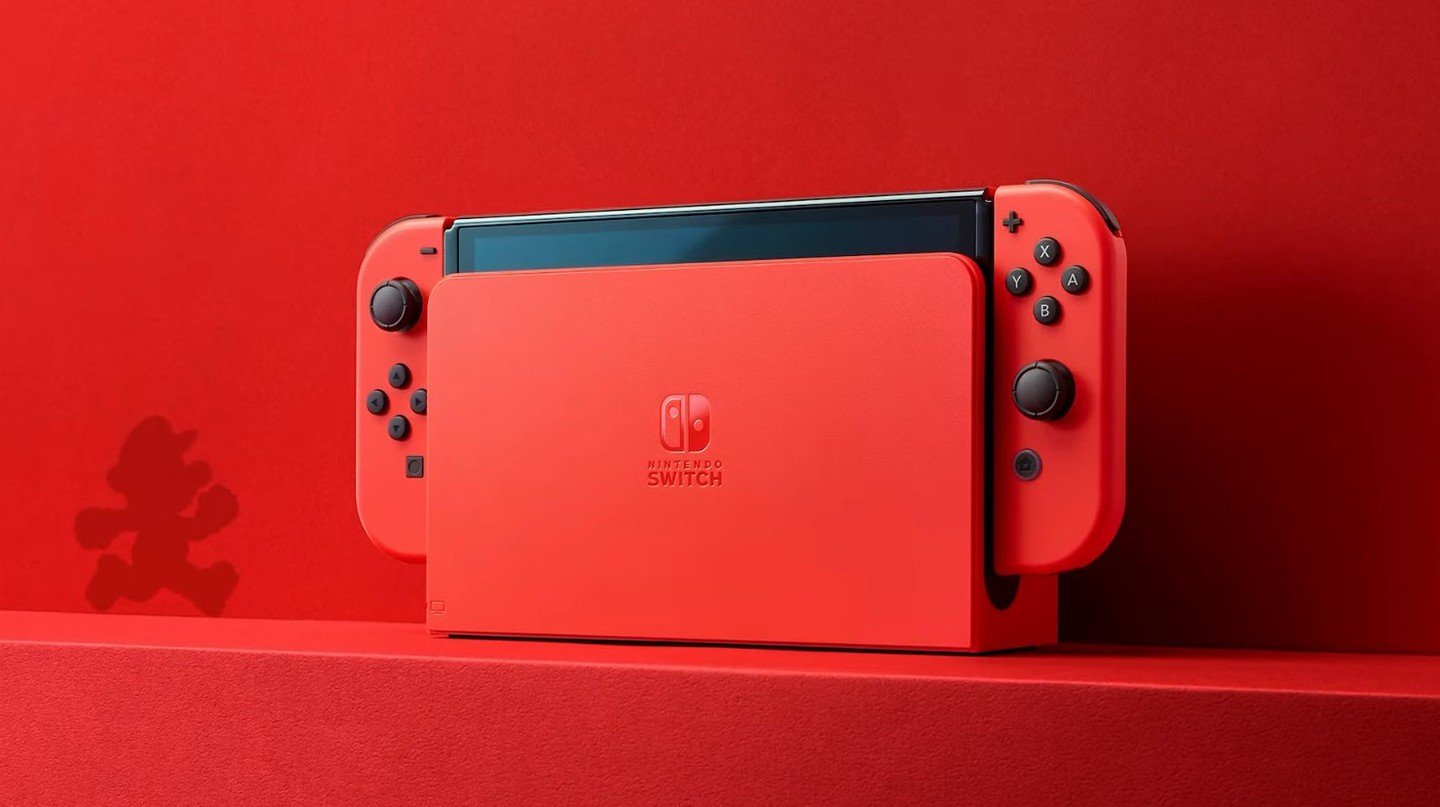
Summary:
Nintendo has announced that its iconic Switch console has surpassed 146.04 million units sold worldwide since its launch in March 2017. Despite this impressive milestone, sales have shown a decline over the last five quarters, prompting the Kyoto-based company to adjust its operating profit outlook downward by 10% to ¥360 billion ($2.4 billion). The revised forecast anticipates the sale of 12.5 million Switch units this fiscal year, a decrease from the previously projected 13.5 million units. This adjustment is particularly noteworthy as it is uncommon for gaming companies to revise their financial guidance before the critical year-end shopping season. Tokyo-based analyst Serkan Toto has criticized Nintendo’s 2024 software lineup, labeling it as lacking in blockbuster titles and containing several filler games. Toto believes that Nintendo has overestimated the appeal of its upcoming software, suggesting that both hardware and software sales forecasts may be overly optimistic. As Nintendo gears up to unveil its next-generation console, the company faces the dual challenge of sustaining its market presence while addressing internal forecasting concerns.
Nintendo Switch Sales Milestone
The Nintendo Switch has become a household name since its debut in March 2017, captivating gamers around the globe. Recently, Nintendo revealed that the console has now sold over 146.04 million units worldwide, marking a significant achievement for the company. This milestone underscores the Switch’s enduring popularity and its impact on the gaming industry.
Global Impact of the Nintendo Switch
The widespread success of the Nintendo Switch can be attributed to its innovative hybrid design, allowing seamless transition between handheld and docked modes. This versatility has appealed to a broad audience, from casual gamers to hardcore enthusiasts, solidifying Nintendo’s position in the competitive gaming market.
While the Switch has maintained strong sales figures, the last five quarters have shown a gradual slowdown. This deceleration reflects the natural lifecycle of gaming consoles, where initial explosive growth eventually tapers off as the market becomes saturated and consumer interest shifts toward new technologies.
Anticipation for Nintendo’s Next Console
As the gaming community eagerly awaits the next iteration of Nintendo’s flagship console, speculation is rife about the features and improvements it will bring. The Switch’s successor is expected to build on its predecessor’s strengths while introducing cutting-edge advancements to meet evolving consumer demands.
Nintendo has recently revised its operating profit outlook, reducing it by 10% to ¥360 billion ($2.4 billion). This adjustment signals a cautious approach in response to the changing sales dynamics of the Switch and reflects broader economic factors affecting the gaming industry.
Sales Forecast for the Current Fiscal Year
The company now anticipates selling 12.5 million Switch units this fiscal year, a decrease from the previously forecasted 13.5 million units. This revision highlights the challenges Nintendo faces in maintaining its sales momentum amidst a maturing console market.
It is relatively uncommon for gaming companies to lower their financial guidance before the crucial year-end shopping season. This move by Nintendo indicates a level of uncertainty and underscores the competitive pressures within the gaming sector.
Analyst Serkan Toto’s Perspective on Nintendo’s Software Pipeline
Serkan Toto, a Tokyo-based analyst, has voiced concerns over Nintendo’s 2024 software lineup. He argues that the pipeline lacks standout blockbuster titles, instead featuring several filler games that may not significantly drive console sales.
The presence of filler games in Nintendo’s upcoming releases could dampen consumer enthusiasm and impact overall software sales. Without strong flagship titles, the company’s ability to attract new customers and retain existing ones may be compromised.
Looking ahead, Nintendo’s ability to innovate and deliver compelling content will be critical in sustaining its market presence. The forthcoming successor to the Switch, coupled with a robust software lineup, will play pivotal roles in determining the company’s future trajectory in the competitive gaming landscape.
Conclusion
Nintendo’s achievement of surpassing 146 million Switch sales globally is a testament to the console’s success and the company’s strategic vision. However, the recent adjustments to its operating profit outlook and the criticisms regarding its software pipeline highlight the challenges ahead. As Nintendo prepares to launch its next-generation console, it must navigate these obstacles to maintain its leadership in the gaming industry.
FAQs
- Q: How many Nintendo Switch units have been sold worldwide?
- A: Over 146.04 million units have been sold globally since its launch in March 2017.
- Q: What is Nintendo’s revised operating profit outlook?
- A: Nintendo has cut its operating profit outlook by 10% to ¥360 billion ($2.4 billion).
- Q: How many Switch units does Nintendo expect to sell this fiscal year?
- A: Nintendo now expects to sell 12.5 million Switch units this fiscal year, down from the previously forecasted 13.5 million units.
- Q: What concerns did analyst Serkan Toto raise about Nintendo?
- A: Serkan Toto criticized Nintendo’s 2024 software pipeline, stating it lacks real blockbusters and consists of several filler games.
- Q: When was the Nintendo Switch launched?
- A: The Nintendo Switch was launched in March 2017.
Sources
- Nintendo cuts annual profit forecast 10% as Switch sales slow, Reuters, November 5, 2024
- Nintendo Cuts Switch Sales Forecasts After Weak First-Half Results, The Wall Street Journal, November 5, 2024
- Nintendo Sees Bigger Profit Fall on Faltering Switch Demand, Bloomberg, November 5, 2024
- Nintendo Lowers Its Hardware Forecast As Switch Sales Slow To A Crawl, Nintendo Life, November 5, 2024
- The Nintendo Switch has sold 146 million units, Shacknews, November 5, 2024














